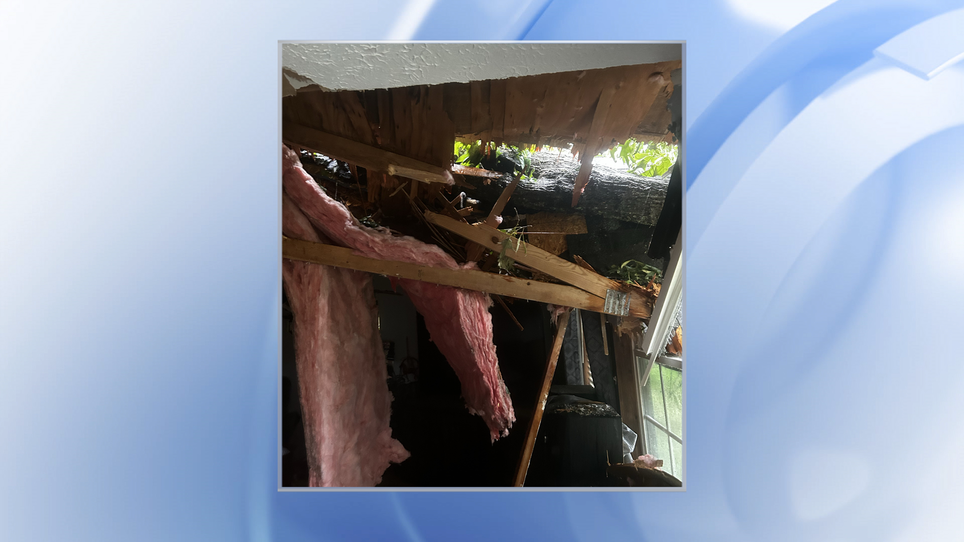Understanding Hail: Causes, Dangers, and How to Stay Safe During Severe Storms

Hailstorms are a dramatic display of nature's power, often occurring with severe thunderstorms. Recognizing the signs, dangers, and safety measures related to hail can help protect your family and property when storms roll in.
What Is Hail and How Does It Form?
Hail consists of balls or irregular lumps of ice that fall from the sky during strong thunderstorms. They form when updrafts carry raindrops upward into extremely cold areas of the storm cloud. The water droplets freeze and can be tossed around inside the cloud, growing larger as more moisture freezes onto them. Eventually, the hailstones become too heavy for the updrafts to support and they fall to the ground.
Dangers Posed by Hail
Hail can cause significant property damage. It often dents vehicles, breaks windows, and destroys roofs. During recent storms in central North Carolina, strong winds and hail led to uprooted trees and extensive damage to homes. According to WRAL's coverage, one resident in Pikeville described the aftermath as resembling a tornado's destruction, with hail and fallen trees disrupting entire neighborhoods. Even smaller hailstones can harm crops and gardens, while larger ones may threaten personal safety.
Power outages and infrastructure damage frequently accompany hail. For instance, in some severe weather incidents, more than a hundred customers lost electricity as storms swept the region. The risks are heightened when combined with strong winds, as discussed in 13NewsNow's detailed forecast. They reported hailstones ranging from pea- to ping pong ball-size, and winds reaching up to 70 mph.
How to Stay Safe During Hailstorms
Preparation is key. If hail is in the forecast:
- Park vehicles in a garage or under strong shelters.
- Move outdoor furniture and fragile garden items indoors or cover them securely.
- Seek shelter inside a building when a storm approaches. Stay away from windows and skylights.
- Listen to local weather alerts and be ready to act quickly. Meteorologists often issue warnings for hail along with tornadoes or high winds.
If you are caught outside during a hailstorm, shield your head and find cover immediately. Never take shelter under large trees, as they may fall during severe weather, as seen recently in North Carolina.
Recent Severe Storm Events Involving Hail
Recent weather across Virginia and North Carolina serves as a reminder of how hazardous hail can be. Severe storm warnings included threats of quarter-sized hail and damaging winds. Some locations faced tornado warnings and flash power outages, underscoring the importance of preparation and quick action. For more information on how these storms impacted local communities and tips for reporting storm damage, visit the WRAL Weather Alert page.
13NewsNow's weather updates provide live tracking and insights from meteorologists, which can help you prepare whenever threatening storms are forecast.
Conclusion
Hail is more than just an inconvenience—it can be dangerous and damaging. By understanding how hail forms, recognizing the dangers it poses, and following essential safety tips, you can reduce risks during severe weather events. Stay informed with trusted local resources, and always have a storm plan in place to protect what matters most.